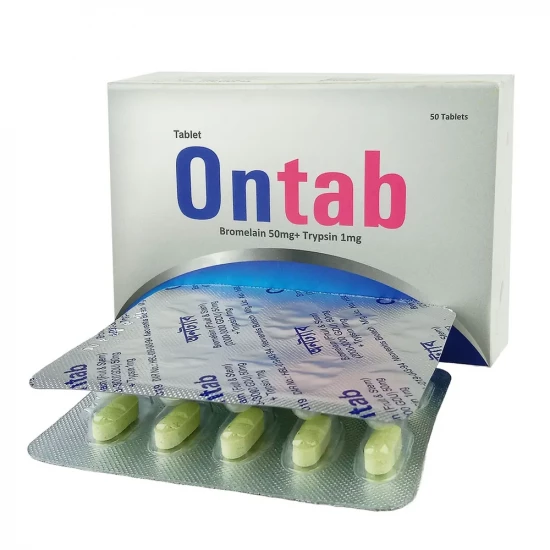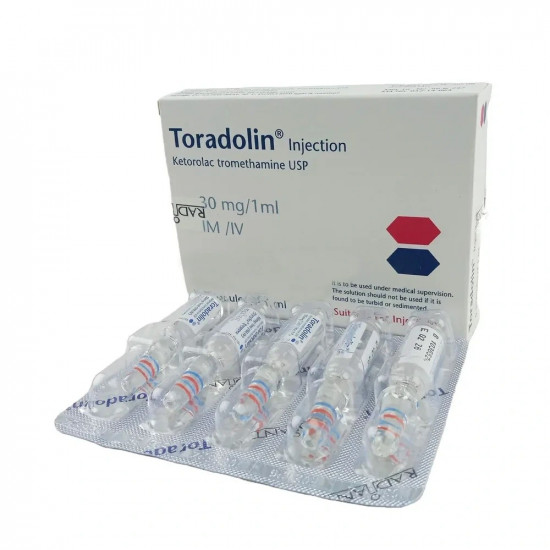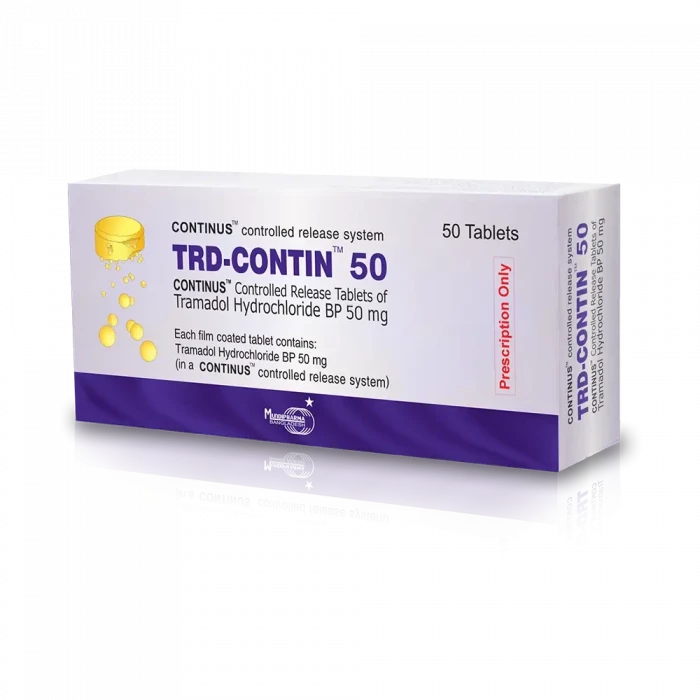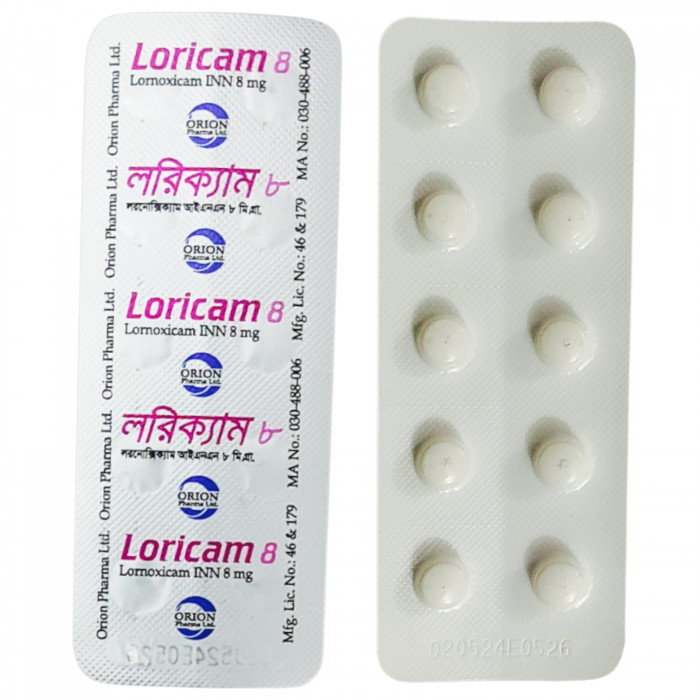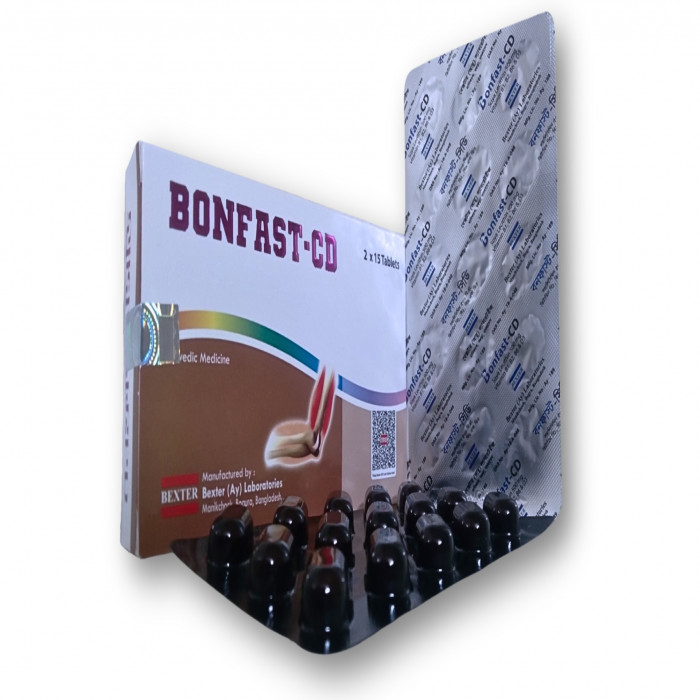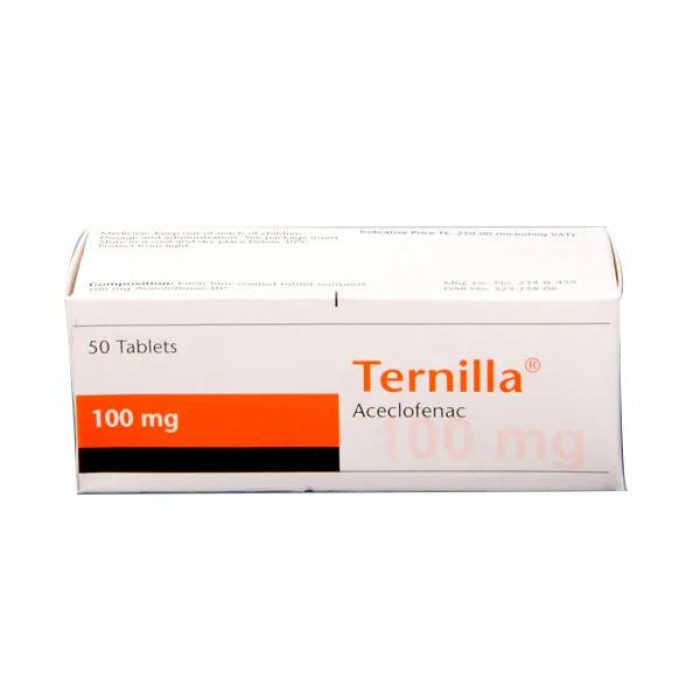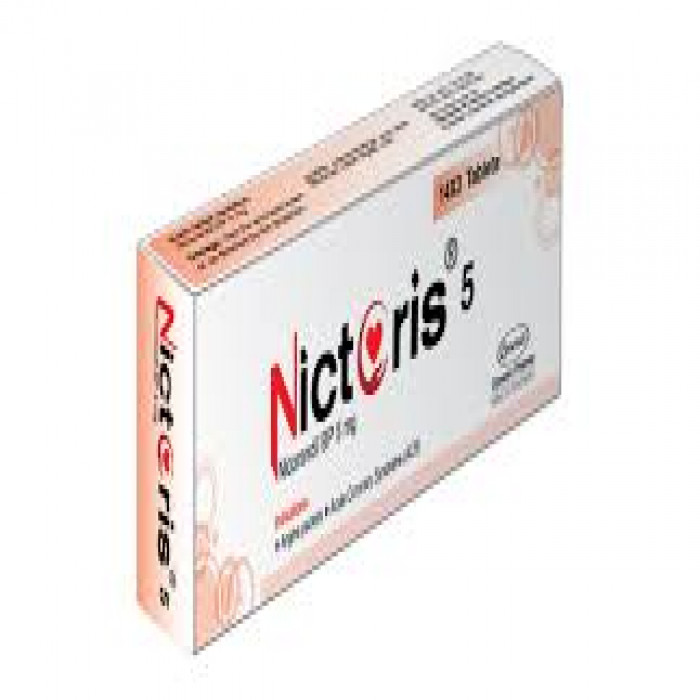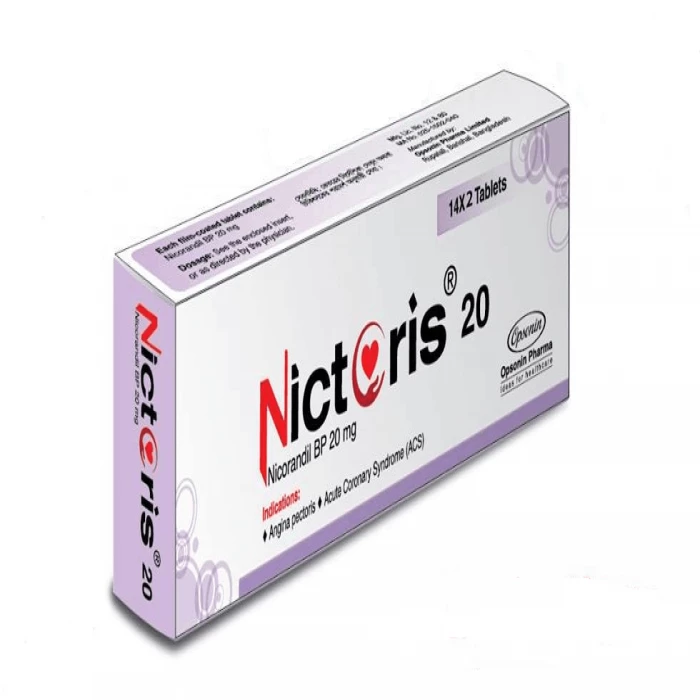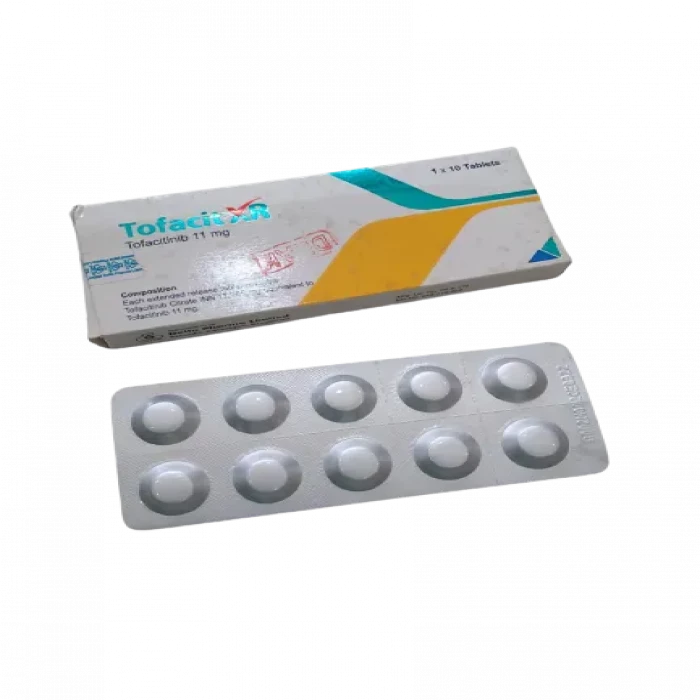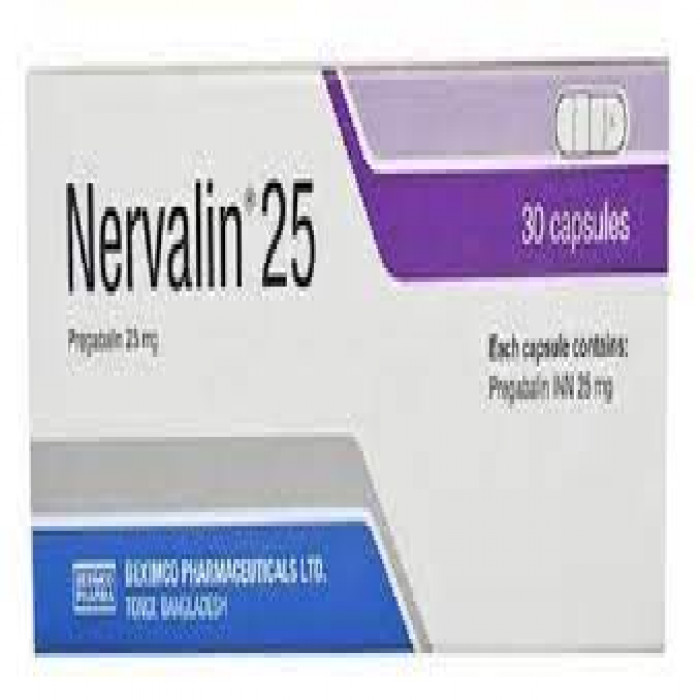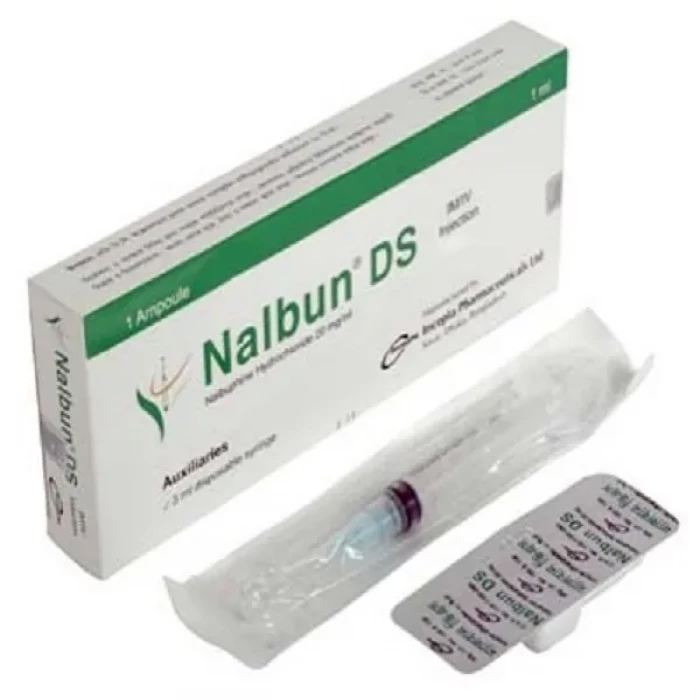
✔ 100% Authentic Product
👁️ Currently Viewing 903
✅ Description:
Introduction
Nalbun DS is a pain relieving medicine. It is used to treat moderate to severe pain. It is also used as a premedication before surgery. This medicine is generally used when alternative medicines are ineffective or inadequate. Nalbun DS is generally administered by a healthcare professional. You should not self-administer this medicine at home. The dose and duration will depend on what you are taking it for and how well it helps your symptoms. The most common side effects of this medicine include injection site reactions (such as pain, redness, and swelling), nausea, vomiting, sweating a lot, and tiredness. If any of these side effects persist or get worse, you should let your doctor know. Your doctor may be able to suggest ways of preventing or reducing the symptoms. Before using it, you should let your doctor know if you have a history of stomach ulcers, heart diseases, high blood pressure, and liver or kidney disease. Let your doctor also know about all the other medicines you are taking because they may affect, or be affected by, this medicine. If you are pregnant or breastfeeding, it is important to ask the advice of your doctor before taking this medicine. Your doctor may also regularly monitor your kidney function, liver function, and levels of blood components if you are taking this medicine for long-term treatment.
Uses of Nalbun DS
- Moderate to severe pain
Side effects of Nalbun DS
Common
- Headache
- Dizziness
- Sleepiness
- Vomiting
- Nausea
- Constipation
How to use Nalbun DS
Your doctor or nurse will give you this medicine. Kindly do not self administer.
How Nalbun DS works
Nalbun DS is an opioid analgesic (pain reliever) which works by blocking transmission of pain signals to the brain to lower pain perception.
What if you forget to take Nalbun DS?
If you miss a dose of Nalbun DS, take it as soon as possible. However, if it is almost time for your next dose, skip the missed dose and go back to your regular schedule. Do not double the dose.

Quick Tips
- Use Nalbun DS as instructed by your doctor. Never take in greater amounts or more often than prescribed.
- It causes sleepiness or drowsiness. If this happens to you, do not drive or use machinery.
- Avoid consuming alcohol when taking the Nalbun DS, as it may cause excessive sleepiness or drowsiness.
- Inform your doctor if you have ever been diagnosed with kidney or liver problems.
- Store opioid pain relievers in a safe place and out of reach of others.

Brief Description
Indication
Moderate to severe pain, Pain associated with MI, Balanced anaesthesia
Administration
IV Administration Administer each 10 mg by IV push over 3-5 minutes
Adult Dose
Parenteral Moderate to severe pain Adult: IM/IV/SC: 10-20 mg 3-6 hrly as required. Non-opioid-tolerant patients: Max single dose: 20 mg. Max daily dose: 160 mg. Intravenous Adjunct in balanced anaesthesia Adult: Induction: 0.3-3 mg/kg over 10-15 min. Maintenance: 0.25-0.5 mg/kg as single admin if required. Hepatic impairment: Caution; dose reduction may be necessary; monitor
Child Dose
Pain <1 year: Safety and efficacy not established >1 year: 0.1-0.2 mg/kg IV/IM/SC q3-4hr PRN; individual dose not to exceed 20 mg; not to exceed 160 mg/day
Renal Dose
Renal impairment: Caution; dose reduction may be necessary; monitor
Contraindication
Hypersensitivity. Absolute: Diarrhea associated with toxins, pseudomembranous colitis, respiratory depression (<12 beats/min) Acute asthma, bradycardia, inflammatory bowel disease, respiratory impairment
Mode of Action
Nalbuphine is a phenanthrene derivative opioid analgesic with mixed opioid agonist and antagonist activity. It inhibits the ascending pain pathways, altering the perception of and response to pain by binding to opiate receptors in the CNS. It also produces generalised CNS depression.
Precaution
May impair ability to drive or operate machinery. Emotionally unstable patients or patients with history of opiate abuse; closely monitor these patients during long-term therapy. Impaired respiration due to other drugs, uraemia, bronchial asthma, severe infection, cyanosis, respiratory obstruction. MI patients who exhibit nausea and vomiting and in those about to undergo biliary tract surgery. Head injury, intracranial lesions or pre-existing increased intracranial pressure. Renal or hepatic impairment. Elderly and debilitated patients. Pregnancy and lactation. Lactation: Insignificant amount distributed in milk; use with caution
Side Effect
>10% Sedation (36%) 1-10% Clamminess (9%),Nausea and vomiting (6%),Dizziness (5%),Xerostomia (4%),Headache (3%) <1% Asthma,Bradycardia,Burning,Dyspnea,Hypertension,Hypotension,Itching,Miosis,Pulmonary edema,Respiratory depression,Tachycardia,Urticaria,Vertigo Potentially Fatal: Anaphylactic or anaphylactoid and other serious hypersensitivity reactions e.g. shock, respiratory distress, respiratory arrest, bradycardia, cardiac arrest, hypotension, laryngeal oedema.
Pregnancy Category Note
Pregnancy category: B; D if used for prolonged periods or near term
Interaction
Additive CNS depressant effects may occur with other CNS depressants e.g. alcohol, anaesthetics, anxiolytics, hypnotics, TCAs and antipsychotics.
⚠️Disclaimer:
At ePharma, we’re committed to providing accurate and accessible health information. However, all content is intended for informational purposes only and should not replace medical advice from a qualified physician. Please consult your healthcare provider for personalized guidance. We aim to support, not substitute, the doctor-patient relationship.





